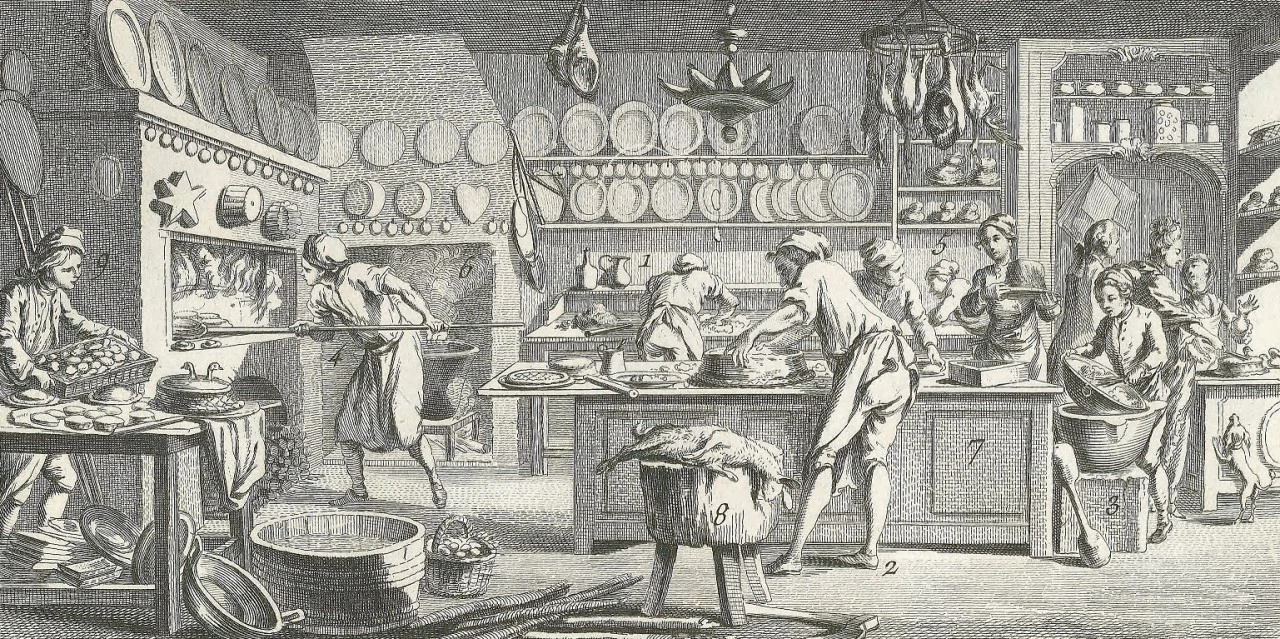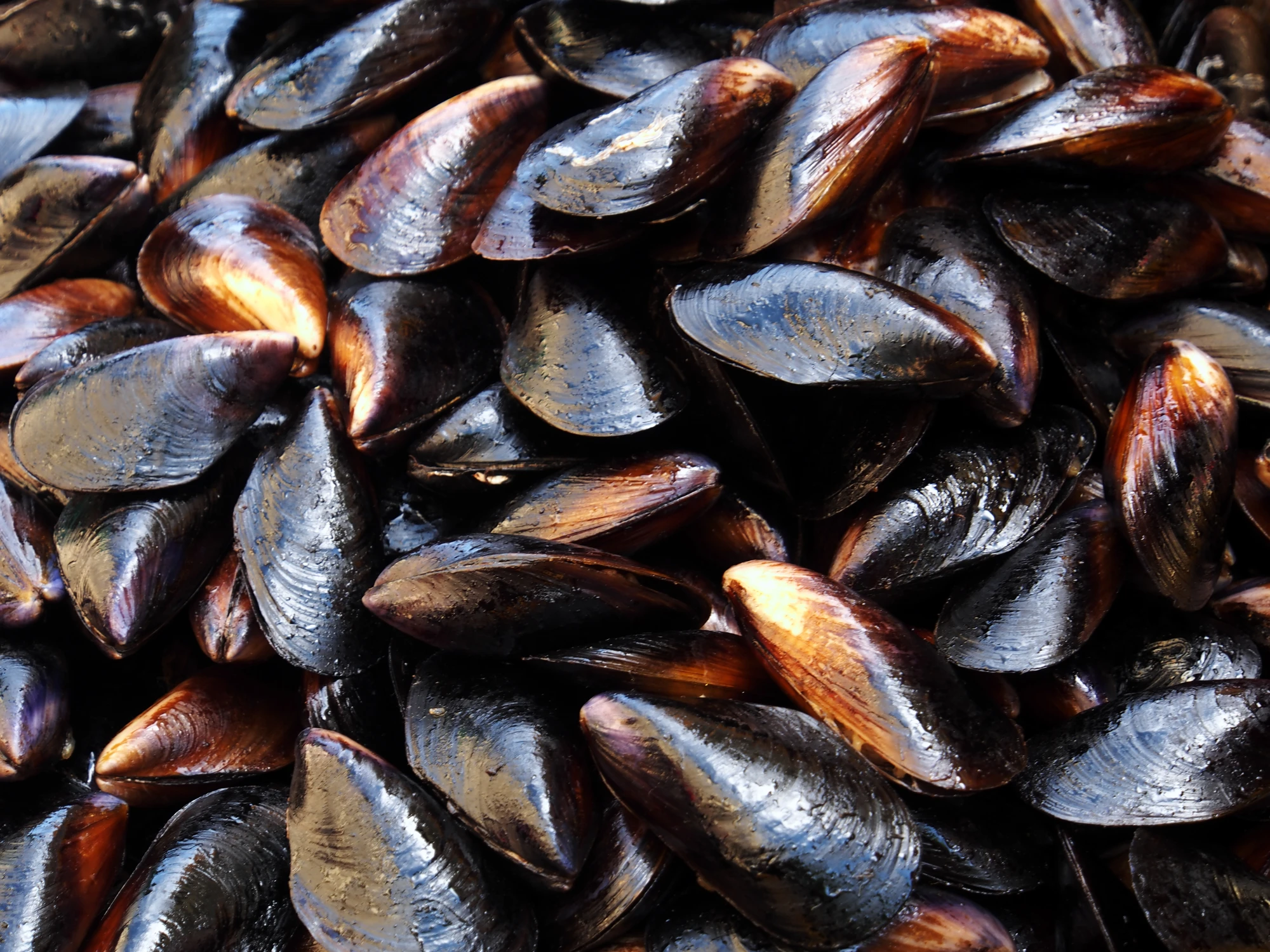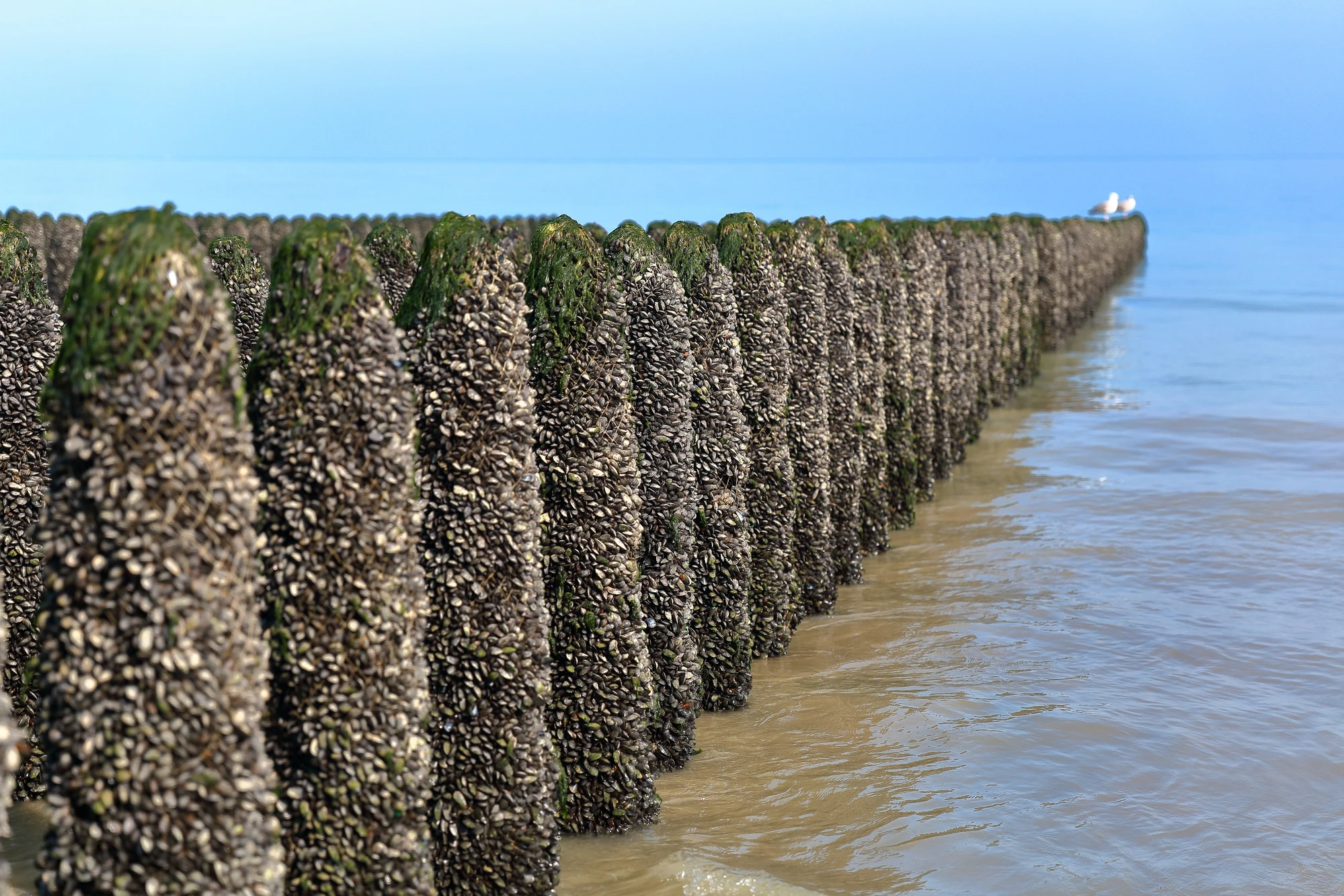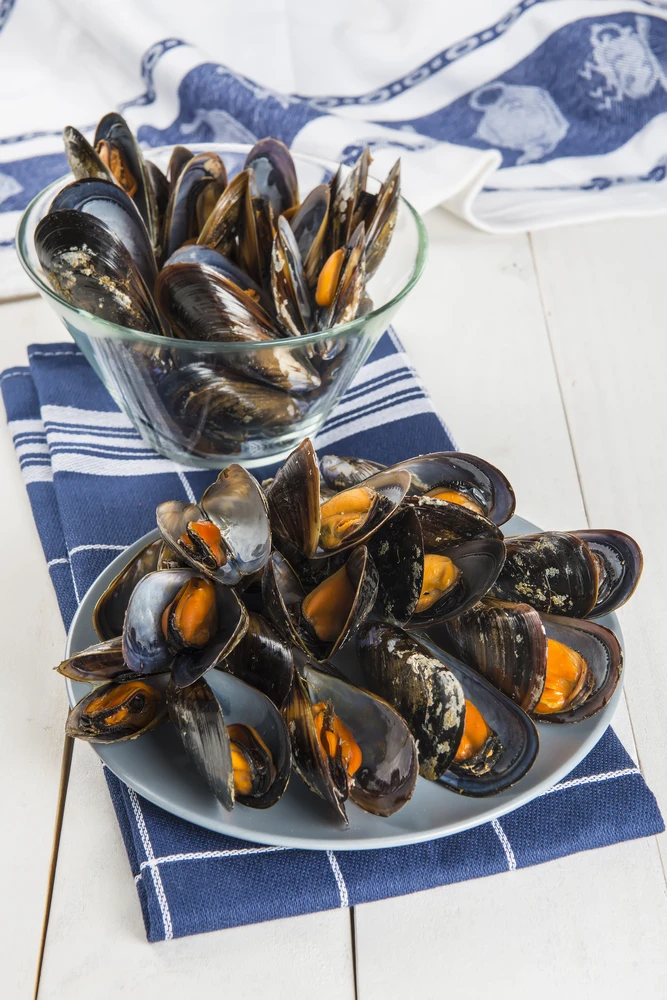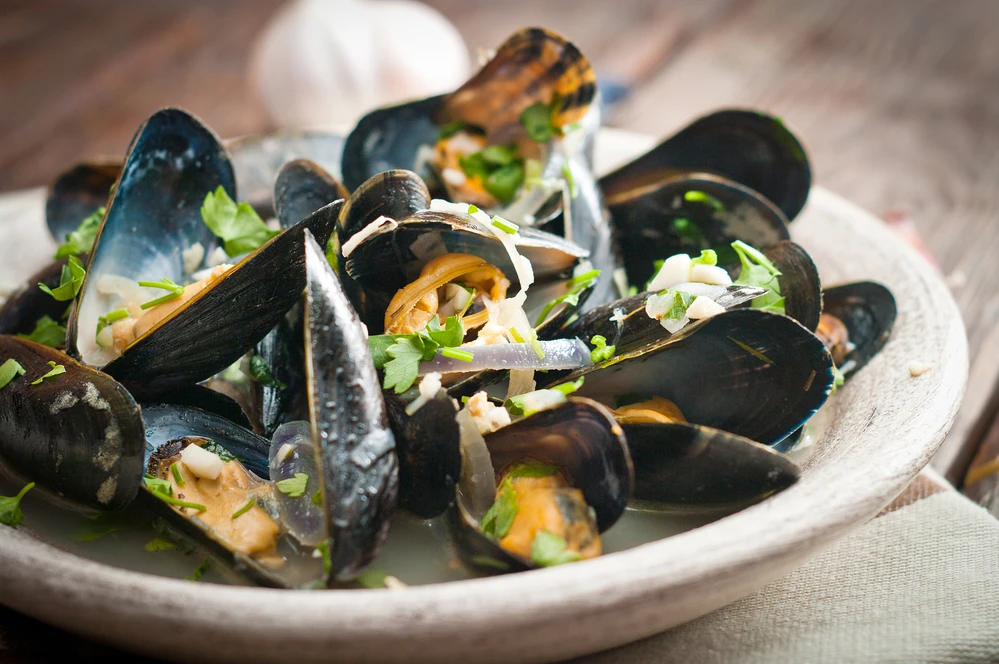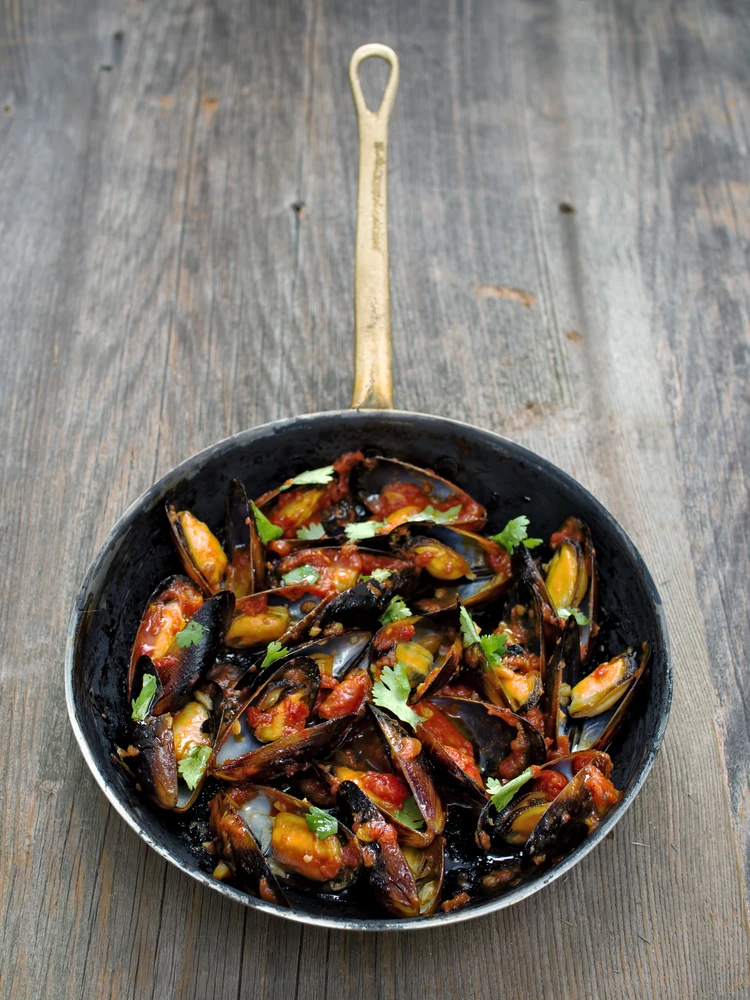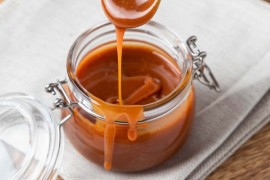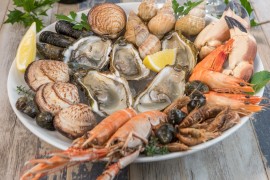Mussels: an old French passion
From prehistoric caves to popular restaurants.
Humankind has always consumed mussels. A large number of shells have been found in a prehistoric cave, suggesting that people at that time ate them, although some historians believe that they probably used the shells as spoons and that we cannot be certain that they ate the flesh. It must be said that a cold, live mussel is not particularly appetizing... In France, they were long considered a dish for the poor living by the sea, like oysters, and it took time before they were considered worthy of the French table.
In France, mussels have been found at the prehistoric site of Baurieux la Plaine in the north alongside arrowheads. When you consider how much the north loves mussels and chips, you realize that this is no coincidence, even though more than 5,000 years separate the first mussels eaten from the first mussels and chips, which were probably invented in the 18th century.
A kitchen in the 18th century. Illustration chosen by Monsieurdefrance.fr: Excerpt from the Encyclopedia by Diderot and d'Alembert.
The legend of Patrick Walton: the shipwreck that invented mussel farming.
According to legend, it was a Scotsman named Patrick Walton who invented "mytiliculture," or mussel farming. He was shipwrecked on a beach in Aiguillon, France, in the Vendée region, and having nothing to eat, he had the idea of catching seabirds by planting nets on stakes above the water. To his surprise, no birds were caught, but more and more mussels clung to the nets. He thus accidentally invented mussel beds. Mussels hold great promise for humanity because, as we shall see, they can be eaten, but also because the natural glue that allows them to cling to rocks is being studied more and more. It is a line of research for reconstructive surgery.
Bouchot, rope, or wild: the secrets of production
Fresh mussels: illustration chosen by Monsieur de France: igorgolovniov via Depositphotos.
The bouchot mussel: queen of the woods and tides.
Mussel beds in northern France. Photo selected by Monsieur de France: christophe.cappelli for deposithotos.
This is probably the best. It is raised on "bouchots," or wooden stakes, which allow it to cling on and take advantage of the ebb and flow of the tides. Bouchots can be found throughout France, particularly in the north, but especially in Normandy and Brittany. The most famous bouchot mussels are those from the Bay of Mont-Saint-Michel, which even have a Protected Designation of Origin. This PDO guarantees the traceability of the mussels (they come ONLY from the Bay of Mont Saint Michel), true food safety and, above all, a high meat content, in other words, plump mussels on your plate.
When should you eat bouchot mussels?
From June to February, and mainly from July to January, is when they are fully mature and a good size. For a long time, it was said that mussels should only be eaten in months containing the letter "R" because they could not be stored for long. Nowadays, with cold chain technology, this is no longer an issue, even though they are at their best in the fall.
The rope mussel
Inspired by Patrick Walton's method, it is raised at sea and is always underwater, unlike the bouchot mussel, which is only covered with water at high tide, i.e., twice a day. It is thinner and has a much stronger iodine flavor.
When should you eat rope-grown mussels?
From May to July.
Common mussels:
This is the type found everywhere. Common mussels are quite pointed and often small. They are widely consumed.
The calendar of delicacies: when are they at their best?
Rather from May to February, with peak season in August and September.
The best are bouchot mussels, and those from the bay of Mont Saint Michel are the finest. Mussels can be eaten from September to April, but it should be noted that from May to August they are milder and sometimes smaller. They are plumpest and have the most flavor from September to January, and even April for some varieties.
Successful cooking: advice from Monsieur de France
Cooking mussels is an art of simplicity: it all happens in a matter of minutes. To ensure they remain tender and retain their salty flavor, it is essential not to overcook them. The secret of Monsieur de France is to cook them over high heat, covered, stirring the pot regularly so that the heat is distributed evenly. As soon as the shells open slightly, they release their juices, which will enrich your sauce. The mussel is cooked when it is fully open, revealing plump, colorful flesh.
The golden rule: only eat mussels that are wide open.
This is the most important safety tip for your kitchen. A mussel that refuses to open after cooking should be discarded. If the hinge remains closed despite the intense heat of the pot, it usually means that the mollusk was no longer alive when it was placed in the pot. As a precaution, never force open a stubborn shell. Conversely, if a mussel is slightly open before cooking, tap it: if it closes, it is perfectly fresh and ready to eat.
Our signature recipes: Marinière and Provençale
Cooked mussels / Photo selected by Monsieur de France: angelsimon from Depositphotos.
They can be enjoyed "à la provençale" (with tomatoes, garlic, and onions), "marinières" (with white wine), or with cream, but they also lend themselves to many other recipes, such as with cider and chorizo. Note that mussels are cooked when they open. Do not eat mussels that have not opened. Eat them as soon as you buy them. Do not leave them in the car all day, especially!
The secret of white wine marinara sauce.
Ingredients:
For two people
- 1.5 kg of mussels (750 g per person)
- 2 cloves of garlic
- 2 shallots
- A little parsley (half a bunch is fine)
- 40 cl of white wine
- 30 grams of salted butter
- Thyme (not too much!)
- Pepper (a little)
The process:
- If your fishmonger has not done so, clean the mussels. Scrub the shells a little and rinse them well with clean water.
- Chop the garlic and shallots, but not too finely.
- Finely chop the parsley.
- Take a large, deep saucepan, or better still, a stockpot.
- Put the butter in and melt it.
- Sauté the shallots and garlic.
- Add the mussels.
- Then add the white wine.
- A little thyme and a pinch of freshly ground pepper to finish.
- Stir frequently so that the mussels cook thoroughly.
- They are cooked when they are all open.
There is no need to add salt, as the mussels are already salted by the sea. At worst, your guests can add a little salt themselves.
Jérôme's gourmet tip.
Consider putting the remaining juice in a little cream in the refrigerator and making pasta with this sauce—it's just perfect!
Mussels marinières with a little parsley. Photo chosen by Monsieur de France: Kasza via deposithotos.
The sunny version: mussels Provençal style.
Ingredients:
For two people
- 1.5 kg of mussels
- 250 grams of crushed tomatoes.
- 12.5 cl white wine (one glass)
- 1 onion
- 1 clove of garlic
- 1 bouquet garni
- A little olive oil
- 1 pinch of pepper
The process:
You will have cleaned your mussels and followed the instructions given to you by Monsieur de France for preparing the mussels for the mussels marinières recipe.
- Chop the onion and garlic, but not too finely.
- Take a large saucepan or, better still, a stockpot.
- Sauté the onion and garlic in a little olive oil (it is Provençal, after all!).
- Pour in the white wine and reduce (about 2 minutes over low heat).
- Pour in the mussels.
- Pour in the chopped tomatoes.
- Pepper
- Stir frequently, it cooks quickly and it's worth the effort.
- The mussels are cooked when they have all opened.
There is no need to add salt, as the mussels are already salted by the sea. At worst, your guests can add a little salt themselves.
Mussels in tomato sauce. Photo selected by Monsieur de France: zkruger from deposithotos.
What do we drink with mussels?
A white wine! Fresh and dry is best. You could try a Muscadet or a nice Loire wine. They are also perfect with a white Burgundy, such as a Petit Sancerre.
Shall we continue with a Breton recipe?

